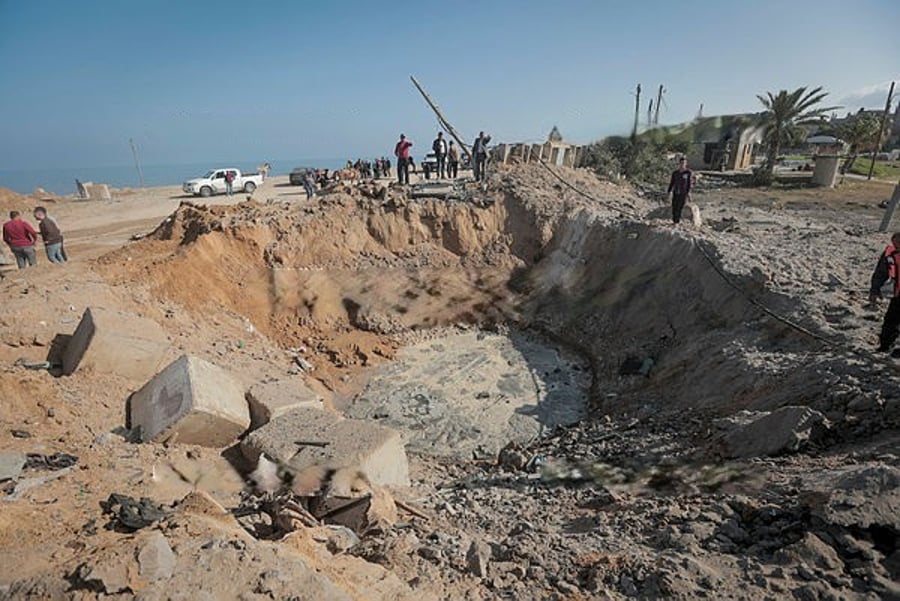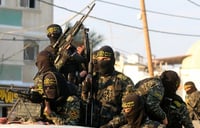
The IDF regularly reports on how it has destroyed or seized "command posts" belonging to Hamas during operations in Gaza. But what that term means requires some explaining.
Nitzan "The Captain" Sadan, Calcalist's resident aerospace analyst, devoted his column this week to the question of what counts as a Hamas command post and why it's so important to destroy as many as possible even as the IDF seeks out tunnels and weapons warehouses.
Below is a summary of his analysis.
First, the definition. A command post can be anything from a series of offices in a building, control rooms in warehouses or parking lots, or spaces inside Hamas' tunnel metro. They can be improvised and temporary affairs or more permanent locations outfitted with the technological and military equipment needed to coordinate strikes, ambushes, and other military actions.
Striking these posts is vital for two reasons.
There's a great deal of information compartmentalization within the Hamas hierarchy, with commanders zealously guarding what they know to prevent subordinates seeking to take their place or defect elsewhere. Every commander eliminated at such a post means less coordination, more poorly planned attacks, and more confusion within the Hamas rank and file.
The posts themselves are also important to destroy. They are where the information is coordinated to ensure Hamas forces work in a coordinated manner, are supplied properly, know where IDF forces are, and so on. Every post that is destroyed means that information is gone and further weakens Hamas forces.
Sadan ends his analysis by noting that such strikes will likely continue even after the tunnel system is destroyed due to their aforementioned strategic importance.







